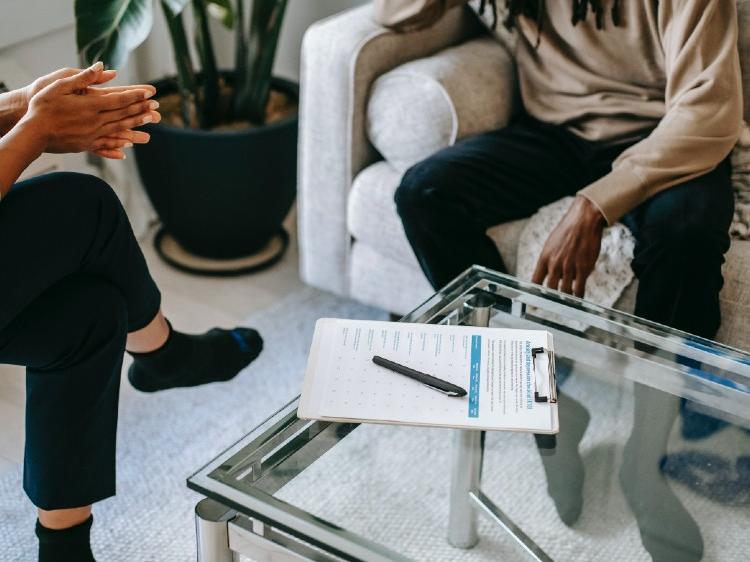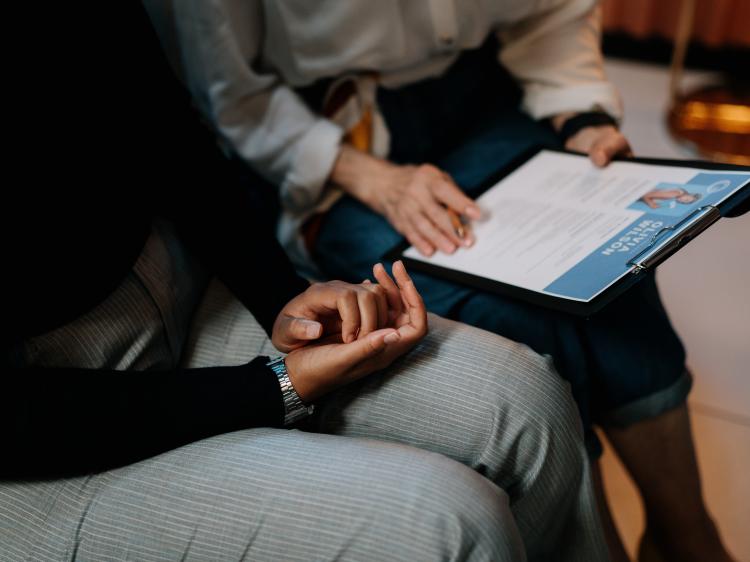EIDA Ambassador, Charlotte Budd, shares her story of surviving with her young daughter in the aftermath of domestic abuse. She offers food for thought for employers based on her own experiences.
I left my ex-husband after he physically attacked me while he was drunk and the police arrested him. I was proud of myself that I left with my three-month-old daughter at the time. I was determined to rebuild my life and try and find work.
I had never heard of post separation abuse and knew little about it. Unfortunately, I was about to find out.
Post-separation abuse
I was trying to keep contact with my ex because we had a daughter together. I wanted her to know her dad and despite all his issues with alcoholism and the abuse I had suffered, I wanted to promote that relationship.
He stopped child maintenance, didn’t pay bills and racked up debts. He made threats on my life and attacked me. I was then taken to court. To this day litigation is still threatened to flex control.
It has long been believed that when you leave an abusive relationship you are free, but this is not the case. In fact, it is when the victim can become more vulnerable and more at risk of harm because this is when the abuser has lost control of their victim, which can lead them to go to extreme lengths to regain this control.
Post-separation abuse can be very dangerous and crippling for the victim and can come in many forms, including:
- Legal abuse
- Counter parenting
- Harassment and stalking
- Isolation
- Economic and financial abuse
- Threats related to children
Perpetrators can use children and the courts to instigate lengthy and stressful legal processes. Children can be weaponised by the abuser and the whole process can have an awful impact on the children themselves too.
How employers can help
If a survivor is going through the court process, it is important that they are given flexibility so they have time to prepare to attend court, as well as information on the organisations that can help.
When I first started the legal process for child access, I had no legal representation, no advice or help at all. This meant I was taken advantage of in court and left traumatised from the experience. If employers can signpost to organisations that can help with legal support and advice, such as FLOWS, then this can make the world of difference.
Awareness of the high potential for harassment and stalking could save the victim’s life. Post-separation is when survivors are most vulnerable to this type of abuse.
Economic abuse
Financial abuse can cause huge issues for the survivor, particularly if children are involved. Women are more vulnerable to this form of abuse when pregnant or having children because it is harder for them to earn equally and get back into work while juggling childcare.
More awareness and support for survivors of domestic abuse in getting back to work would help hugely with the economic abuse which can be part of post- separation abuse.
Getting back to work
When I was first on my own with my daughter, I looked for jobs in the City. I had a gap in my work CV which was the first hurdle. The hours I was expected to work, even part time, was the second. I didn’t feel I could be honest about my situation, but I was questioned on why I was going back to work so quickly after having a baby.
Finding work that pays well enough to escape poverty and offer independence is very hard and affects children and their quality of life too. Some statistics highlight the problem:
-
Women are paid 90p for every £1 earned by a man (ONS 2021)
-
The cost of raising a child to the age of 18 is £160,692 for a couple and £193,801 for a lone parent (Child Poverty Action Group 2021)
Flexible working hours, closing the gender pay gap and ensuring a workplace is open to accommodating mothers and domestic abuse survivors would help here hugely. The option to work from home can often be particularly helpful too for single parents and survivors.
- For legal advice, consult the Domestic Abuse Alliance and the Domestic Abuse Response Alliance.
- For concerns around economic abuse, particularly around maternity, contact Surviving Economic Abuse.
- For support in getting back into work, consult the Employers’ Domestic Abuse Covenant.
You can download and save this story by clicking here or on the link to the right of the screen.
Read more insights for employers from survivors of domestic abuse






